When you’re working on any form of communication, you’ll have a goal in mind.
Whether that’s wanting your target audience to know, feel or do something, you’ll find this tricky if you don’t know who they are and at least a little about what makes them tick. In this blog we’ll explore why this is the case and share some of our top tips on finding out what you need to know.
Why does getting to know your audience matter?
 When developing a comms plan, you’ll usually start with a few ‘knowns’. You know the objective of the plan; you know who you want to reach; and you know what you want them to do. But how do you get them to do it?
When developing a comms plan, you’ll usually start with a few ‘knowns’. You know the objective of the plan; you know who you want to reach; and you know what you want them to do. But how do you get them to do it?
The purpose of your campaign and the type of organisation you work for will have an obvious impact on your key messages and the content and channels you use. But you should also think about your audience, who they are, what they know and how they might prefer to receive information. Often comms managers will ask themselves what it is they want the audience to Know, Feel and Do – but answering this requires you to have at least a basic knowledge about who that audience, or audiences, are.
How does your audience impact the channels you use?
Clearly there are many different ways to communicate and the method, or methods, you choose to use should be influenced by the needs and preferences of your audience. How someone likes, or is able, to receive information can be simply personal preference, but it can also be linked to a range of different characteristics such as age, cultural background, social status and even geography. For example, a digital campaign isn’t going to work if your audience are largely irregular users of technology, and ads on daytime TV won’t reach the majority of working age people.
How does your audience impact the content of your comms?
When it comes to content and messaging, it’s important to know how much they already know about your organisation or the topic in question. If they’re likely to be experts you can meet them where they are with more technical language and limited background; but if they’re not you may need to go back to basics and carefully explain what you need them to know. Also, it can be helpful to know how they feel about your organisation as this can guide whether you have to tread carefully, be extra persuasive or can rely on their positive response.
How can you get to know your audience better?
The good news is that there are a range of things you can do to gain a more accurate picture of who your audience is. Some take more effort than others, but all should help you target your comms more successfully. Our top three are:
1. Research your audience
While you’re developing your comms plan, take some time to research your audience demographics. Where you go for this depends on who they are. If it’s staff, you could request a depersonalised breakdown of data such as age, gender, level or grade, department and length of service for example from your HR department. If it’s the general public, you could look at the most recent census or other reports from the ONS.
You can then take this insight to think about their needs, attitudes and how you could tailor your comms to meet them. The more you learn, the better equipped you’ll be in planning and developing content that helps you achieve your goals.
2. Find out what others are doing
If you are in a commercial or consumer-facing market, it is a good idea to see what your competitors are doing to reach your audience. Not because you want to copy, but because it can help you spot gaps and unique selling points for your organisation or product and you may be able to see trends in what works and what doesn’t.
If you’re in service or the public sector, there’s a good chance that there is a similar organisation to yours in another part of the country doing exactly what you’re trying to do. Again, we’re not advocating plagiarism but it can also help you with inspiration and ideas suited to the kind of people you’re trying to reach and which you can adapt to your precise audience, campaign or organisation.
3. Actually get to know them!
Clearly how close you can get to your audience depends on your organisation. It may not be straightforward or appropriate to chat to them informally, but it’s usually feasible to issue a survey to a mailing list or via social media to gather their thoughts and opinions. Other parts of your organisation may also have focus groups or public participation forums, so do some digging and find out what options are available to you.
Of course, this all takes time and effort, but we promise it’s worth your time if you really want to make to most of your communication. The more you can understand about your audience, the easier it will be to tailor what you’re saying for maximum effort.
Have you found this useful? Why not sign up to our newsletter for more guidance, hints & tips and communications insights? Join our newsletter today.
